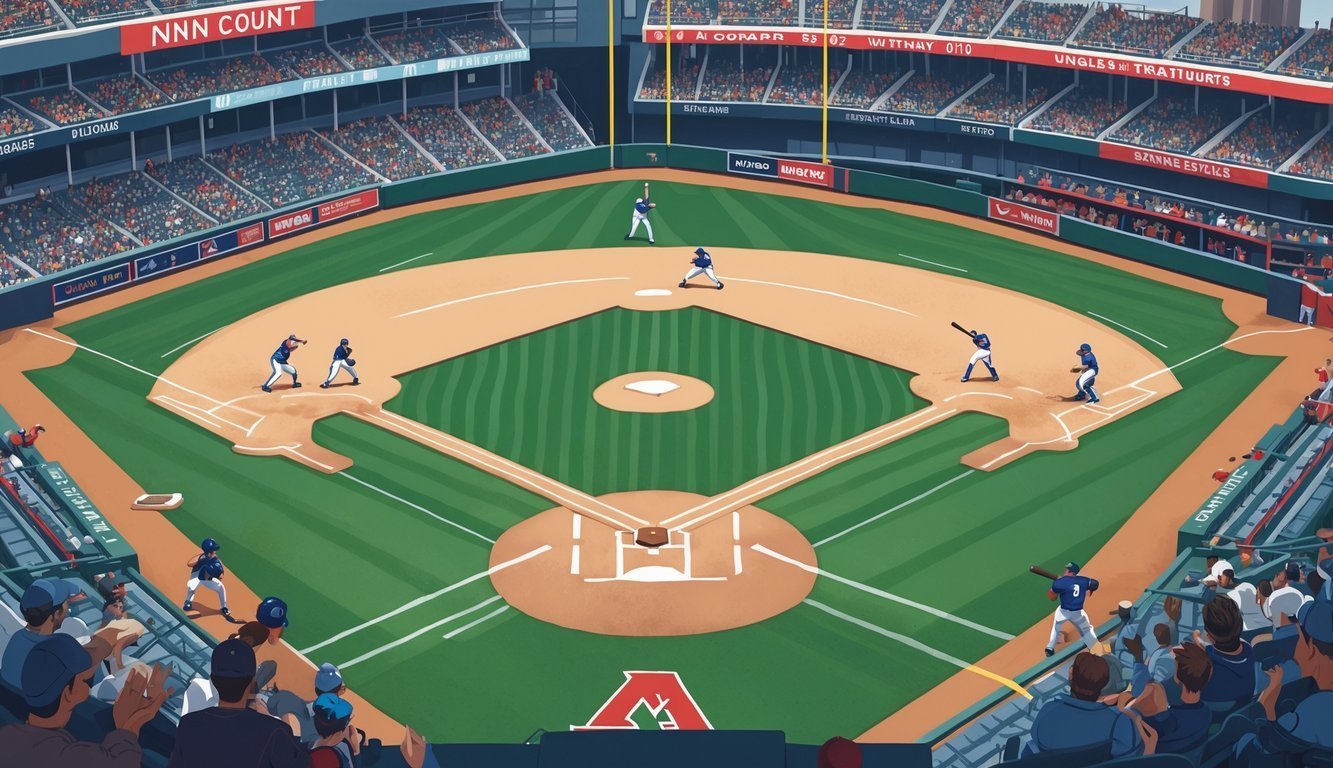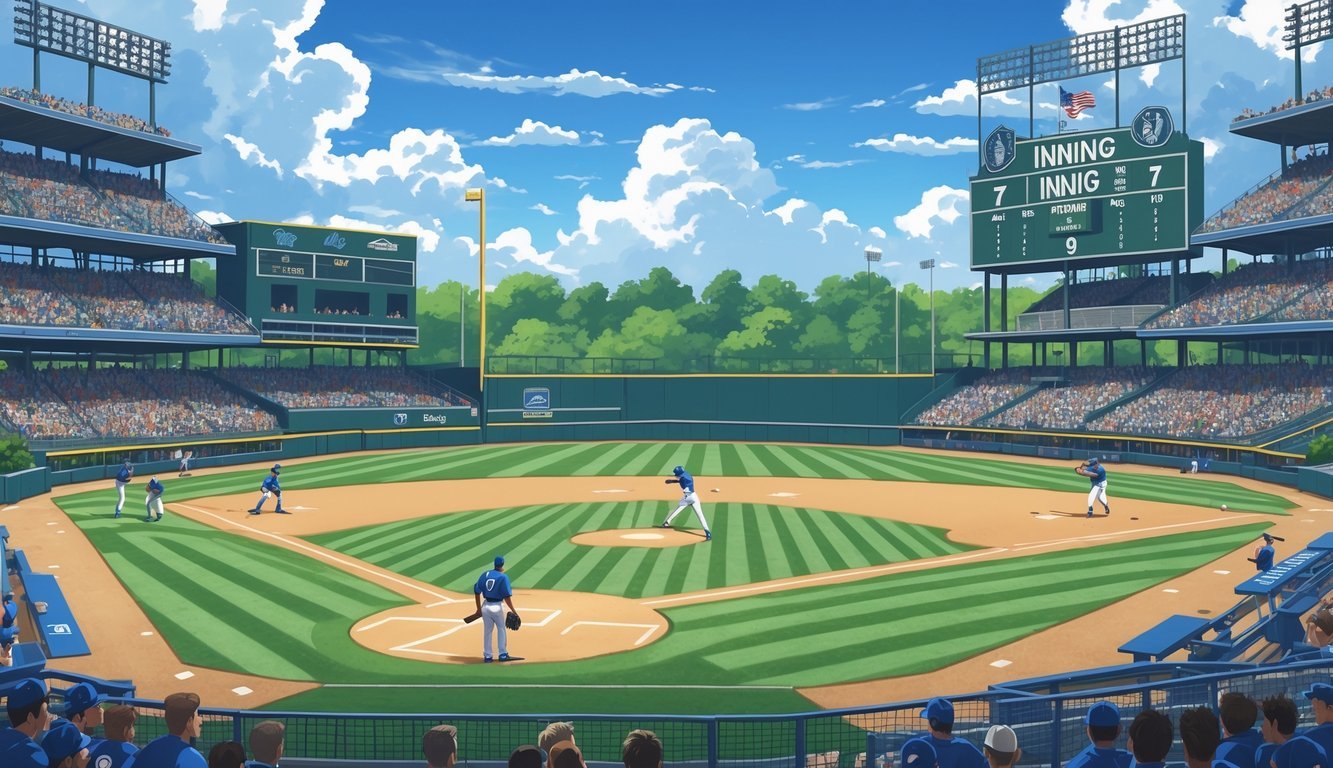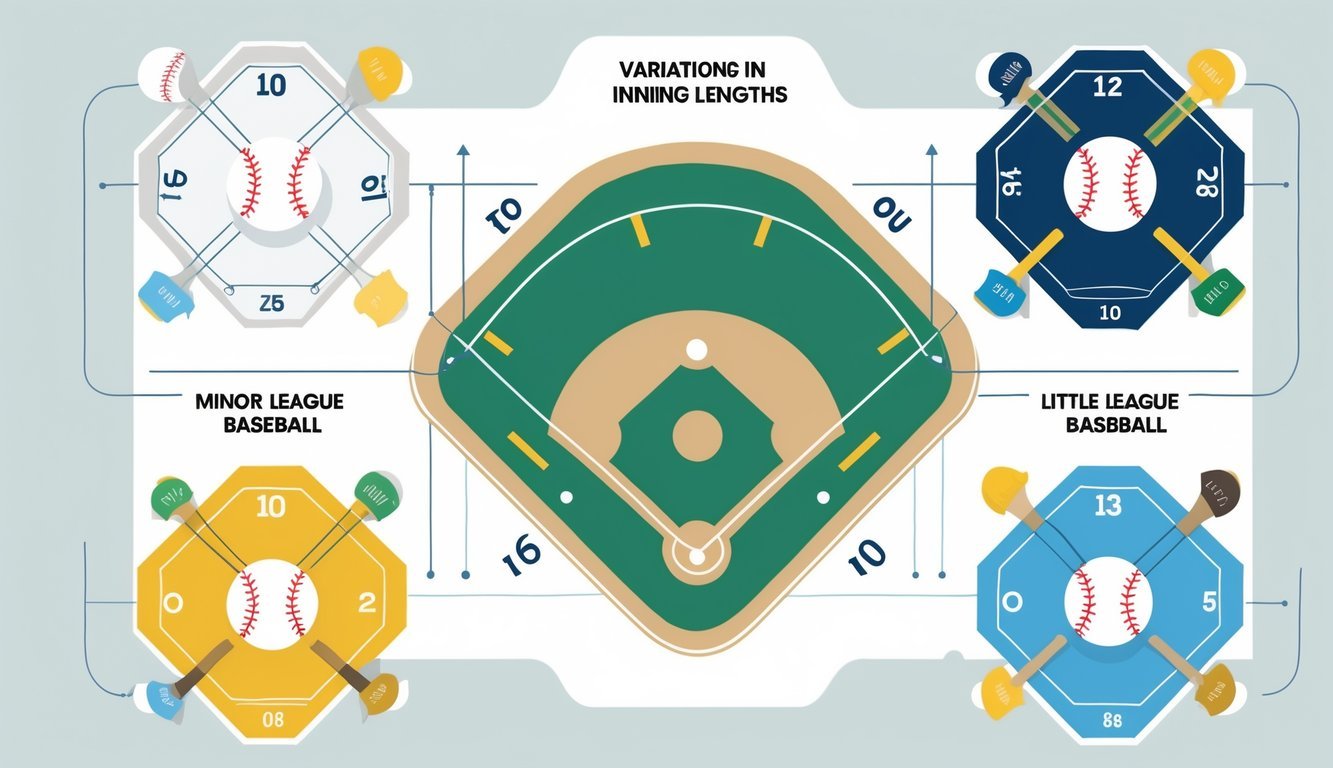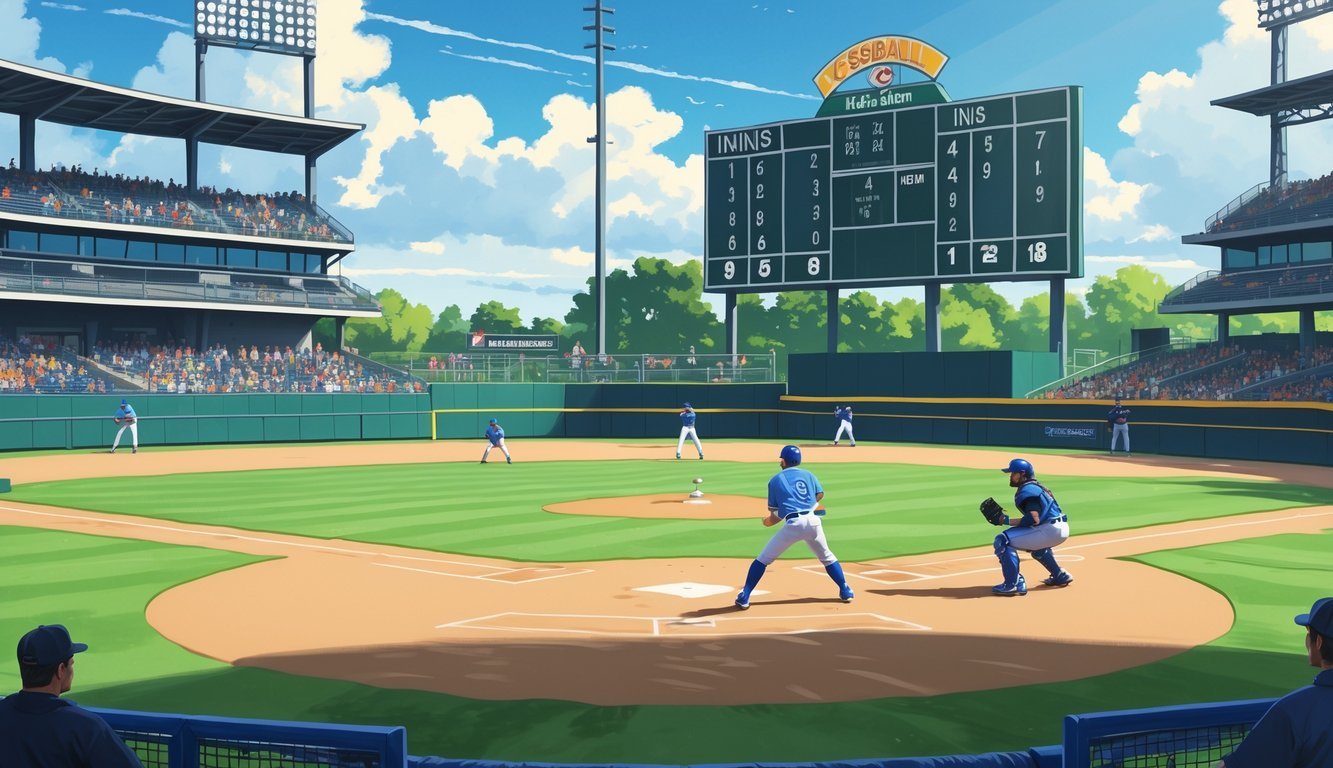PsychNewsDaily Publishers
100 Summit Drive
Burlington, MA, 01803
Telephone: (320) 349-2484
PsychNewsDaily Publishers
100 Summit Drive
Burlington, MA, 01803
Telephone: (320) 349-2484
Baseball games typically consist of nine innings, with each team batting and fielding, and extra innings played if the score is tied after nine.

If you’re tuning in to a baseball game, you might find yourself asking: how many innings are in a full game? Most baseball games go for nine innings, split into two halves—each team gets their shot to bat and field. This setup keeps things fair, letting both sides try to rack up runs.
But the number of innings isn’t set in stone everywhere. College games sometimes run shorter, like five or seven innings. If teams are tied after nine? They battle it out in extra innings until someone finally wins.
Getting a handle on innings makes following the game way easier. Once you know the basics, you’ll probably feel a bit more comfortable watching and maybe even start noticing the strategy.

Innings and their structure really shape how baseball flows. You’ll see a game split into parts, with teams switching between offense and defense.
When the regular innings end in a tie, the game doesn’t just stop. There’s a plan for that.
Major League Baseball (MLB) games stick to nine innings. Both teams get their turn to bat and field every inning, so everyone gets a fair shot. The visiting team bats first—no surprises there.
MLB treats nine innings as the gold standard. If a team leads after nine, they win. College baseball and a bunch of other leagues copy this rule.
Sometimes, weather or other problems mess with the schedule. Still, nine innings is what you should expect most of the time.
Every inning splits into two halves. In the top of the inning, the visiting team bats and tries to score. The home team takes the field and aims to get three outs.
In the bottom of the inning, the home team gets their chance at bat while the visitors field. An inning finishes after both teams rack up three outs.
Think of an inning as a cycle: three outs for each side, so six outs total per inning. This rhythm keeps the game moving and balances both offense and defense.
If teams are tied after nine innings, they keep playing—hello, extra innings. Both sides bat and field just like before.
Extra innings keep going until one team outscores the other in a full inning. It can get pretty tense, honestly.
MLB doesn’t allow ties, so someone always goes home a winner, even if it takes a while.
| Key Points | Details |
|---|---|
| Regular innings | 9 innings in MLB and college |
| Half inning | 3 outs per team per half |
| Top of the inning | Visiting team bats first |
| Bottom of the inning | Home team bats second |
| Extra innings | Play continues if tied |

Game length isn’t always the same everywhere. Depending on the level, you might see different inning counts. Weather and scheduling can also shake things up.
College baseball usually goes for nine innings, just like the pros. The NCAA sets these standards, so most schools follow suit.
Some college leagues will shorten games to seven innings, especially if they’re squeezing in doubleheaders or the weather’s not playing nice.
High school baseball sticks to seven innings most of the time. This shorter length helps players avoid exhaustion and fits into the school day better.
If a game is tied after seven, they’ll play extra innings to settle the score.
Both college and high school sometimes use mercy rules or run rules. If one team leads by a lot, the game can end early. It’s a way to keep things fair and safe.
Youth baseball, like Little League, keeps things short—usually six innings. That makes sense, right? Kids have shorter attention spans and get tired faster.
International tournaments often follow rules similar to youth or college games but might throw in a time clock to keep things moving. In Japan, you’ll sometimes see a cap on innings or a time limit, like 12 innings max or a 3-hour game.
Mercy rules are everywhere in these leagues. If a team leads by 10 runs after four innings, they just call it. No need to drag things out and risk injuries.
Doubleheaders—those days with two games back-to-back—usually have shorter innings to save everyone’s energy. Leagues often cut these to seven innings instead of nine.
During the COVID-19 pandemic, some leagues shortened games to keep things safer and schedules manageable.
Weather can force changes too. Rain or darkness might end a game early, as long as they’ve played enough innings to make it official—usually at least five.
All these tweaks help keep games safe and make sure players aren’t overworked.

Here are some quick answers about outs, inning length, and rules across different levels. Baseball can get pretty detailed, so it’s normal to have questions.
There are six outs in a full inning. Each team gets three outs per half-inning.
An inning ends once both teams get three outs. The time it takes just depends on how quickly those outs happen.
High school games usually go for seven innings. Local rules might tweak this, but seven is the standard.
The World Series follows MLB rules, so games last nine innings. If teams are tied, they just keep playing extra innings until someone wins.
Most college baseball games have nine innings. Sometimes, they’ll play seven or even five innings for doubleheaders or special events.
Yeah, a baseball game can definitely go past nine innings. If both teams have the same score after nine, they head into extra innings.
The teams keep playing until someone pulls ahead by the end of a full inning. If the home team scores and takes the lead in their half of an inning, they win right then and there.